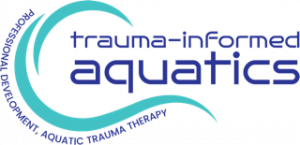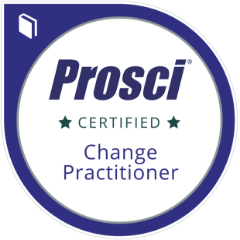
Becoming trauma-informed necessitates a cultural and philosophical shift across every part of a service (1).
The process of implementing and embedding trauma-informed practice in your swim school begins with developing an awareness of and desire for the need for change.
This is followed by developing the knowledge of how to change, the ability to implement the change, and finally, the development of processes and procedures to reinforce the change, so as to embed the new ways of being in your swim school.
The most successful transitions occur under the following conditions (2);
1. When there is buy-in and visible, active leadership from the highest levels of governance within your swim school
2. When the need for change, impacts and benefits are clear, and the change plan is well-structured
3. When there is frequent, effective communication that engages stakeholders at all levels
4. When any resistance is addressed sensitively
In this session, we’ll review the change process in more detail and discuss what this might look like in your swim school.
(This session follows the prerequisite session, ‘What is Trauma-Informed Practice in Aquatics and Why is it Best Practice?
The duration of this session can be flexible to suit your needs, from a minimum time of a 60 min presentation including question/discussion time to a half-day interactive workshop comprising 2 x 90 min sessions.
1. Kezelman C.A; President Blue Knot Foundation. (2014). Trauma-Informed Practice. Mental Health Australia. Retrieved 8 June 2021, from https://mhaustralia.org/general/trauma-informed-practice
2. Prosci Inc; Best Practices In Change Management. Retrieved July 10th 2021, from https://www.prosci.com/resources/articles/change-management-best-practices




